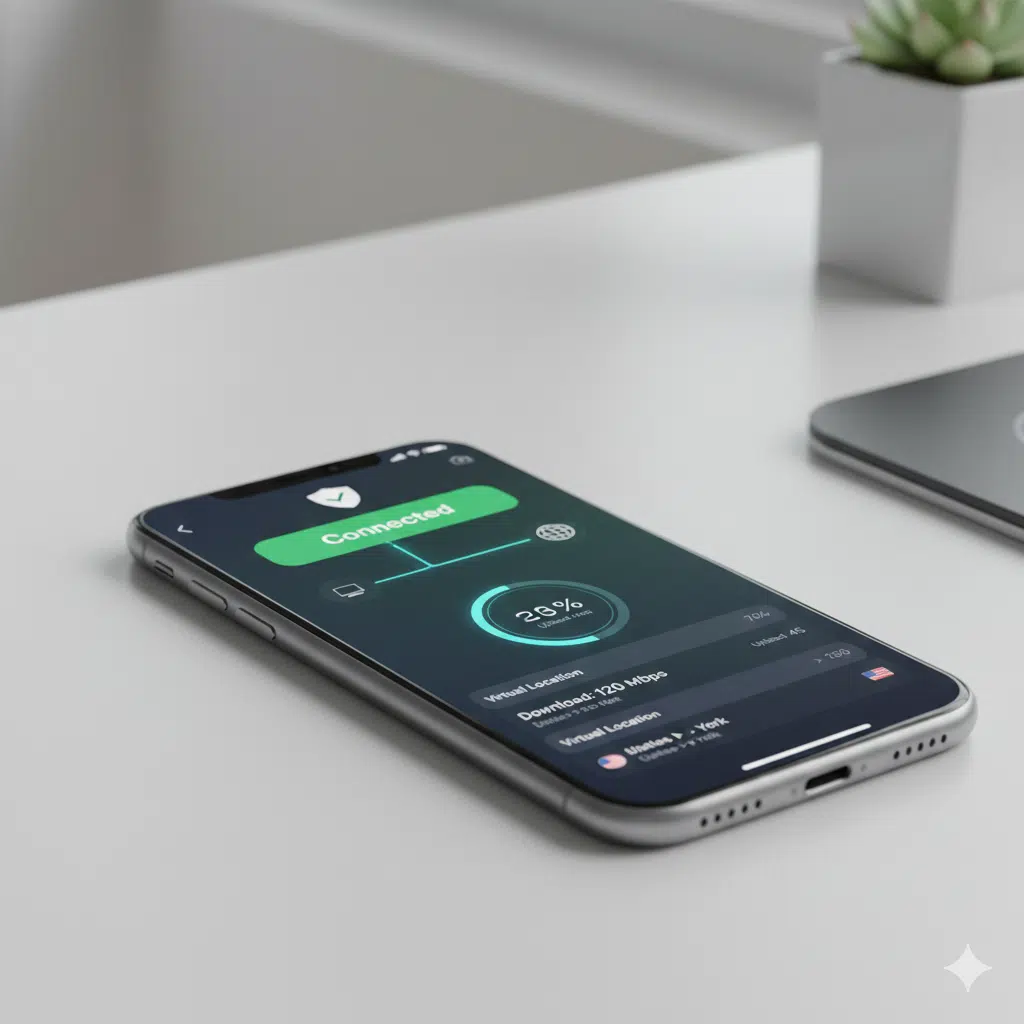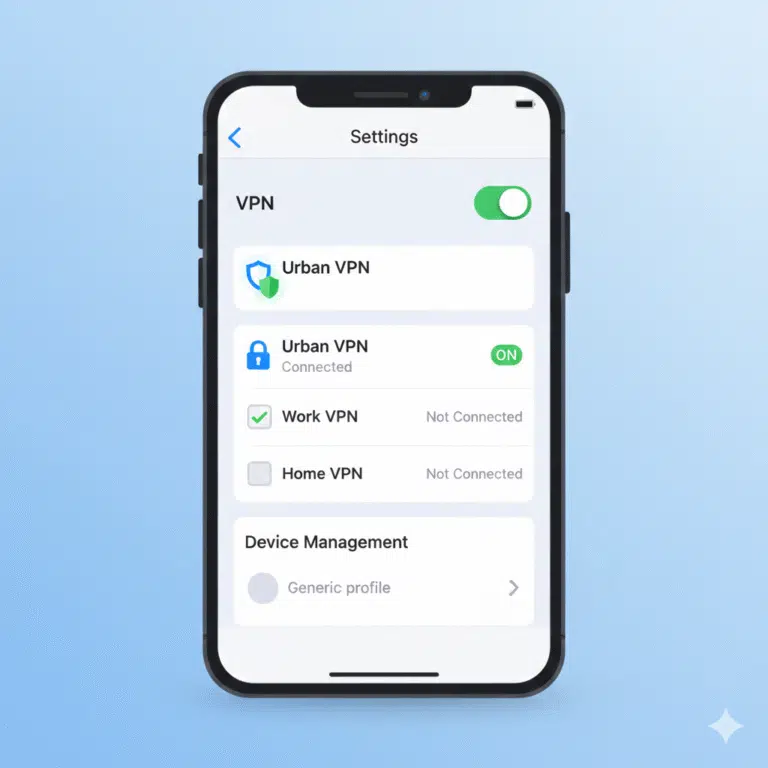Using a VPN on an iPhone is essential for IT managers, network engineers, and cybersecurity professionals who prioritize secure and private mobile communications. How To Use A Vpn On Iphone effectively ensures encrypted data transmission, protection from public Wi-Fi risks, and the ability to maintain anonymity when accessing sensitive resources. This guide provides a detailed walkthrough covering installation, configuration, advanced automation, and best practices for enterprise-grade security.
Four
A Virtual Private Network (VPN) creates an encrypted tunnel between your iPhone and the internet, masking your IP address and routing traffic through a secure server. Using a VPN mitigates risks from public Wi-Fi networks, prevents tracking, and supports remote access to corporate resources. VPNs also allow geolocation flexibility, critical for testing or accessing region-restricted services (source: Cloudflare). For iOS devices, native support for multiple protocols—including IKEv2, IPSec, and L2TP—provides a balance between speed and security.
How to Install a VPN App from the App Store?
To de
- Army
- Download the application and follow the setup wizard.
- Grant the VPN necessary permissions to configure a VPN profile automatically under iOS settings.
- Enable the VPN connection directly within the app or via
Settings > General > VPN & Device Management.
Ensure that the provider implements zero-logging policies and robust encryption standards (AES-256) to maintain compliance with enterprise security policies.
How to Configure a VPN Manually on iPhone?
iOS allows manual VPN setup, typically required for corporate or custom VPNs:
- Navigate to
Settings > General > VPN & Device Management > Add VPN Configuration. - Choose the VPN type (IKEv2, IPSec, or L2TP).
- Enter server address, remote ID, and authentication credentials.
- Save and toggle the VPN to connect.
Manual configuration enables granular control over protocol choice, authentication methods, and advanced security settings, which can be critical for sensitive networks (source: RFC 8484).
How to Connect and Disconnect the VPN on Your iPhone?
THE
- To connect: Open the VPN app or toggle the VPN switch in
Settings. - To disconnect: Use the app toggle or switch off via iOS VPN settings.
For enterprise environments, consider enabling On-Demand VPN, which automatically connects to corporate networks and disconnects when outside defined conditions, reducing manual intervention and potential security gaps.
Slot machines
iOS by car
- Shortcuts Integration: Create automations to launch the VPN when opening specific apps or connecting to unsecured Wi-Fi.
- Siri Commands: Initiate or terminate VPN sessions using voice commands.
- Widgets: Display connection status and allow one-tap toggling from the home screen.
Automation not only simplifies operations but also ensures consistent security adherence without relying on end-user vigilance (source: TechRadar).
iCloud Private Relay vs VPN: What’s the Difference?
Apple’s iCloud Private Relay encrypts DNS requests and hides IP addresses but only covers Safari traffic. In contrast, a full VPN encrypts all iPhone traffic, including third-party apps and background services. Enterprises requiring full-device privacy, remote access to internal networks, or bypassing geofencing must use a proper VPN rather than relying solely on Private Relay (source: Kaspersky).
Security Best Practices: Kill Switch, Reconnect, and Choosing Protocols
For IT professionals, robust VPN usage goes beyond basic connectivity:
- Kill Switch: Automatically blocks internet traffic if the VPN disconnects, preventing unencrypted exposure.
- Reconnect Automatically: Ensures persistent encrypted sessions.
- Protocol Selection: Choose IKEv2 for mobility, WireGuard for high-speed transfers, and IPSec for legacy compatibility.
These configurations improve operational security, maintain compliance, and optimize performance.
Constraints and performance:
VPN performance varie
Troubleshooting Common VPN Issues on iPhone
Common issues include connection failures, slow speeds, and authentication errors. To mitigate:
- Verify credentials and server configuration.
- Ensure the VPN app is up-to-date.
- Test alternative protocols or servers.
- Review iOS VPN profile settings for misconfigurations.
Internal resources, like VPN concentrator logs (see guide), can provide diagnostic insights for persistent issues.
Conclusion
Implementing How To Use A Vpn On Iphone correctly is critical for maintaining mobile security, privacy, and remote network access. By combining proper installation, manual configuration, automation, and security best practices, IT managers and network engineers can ensure iOS devices are protected against modern cyber threats while maintaining operational efficiency.
Internal link included: Focused VPN



